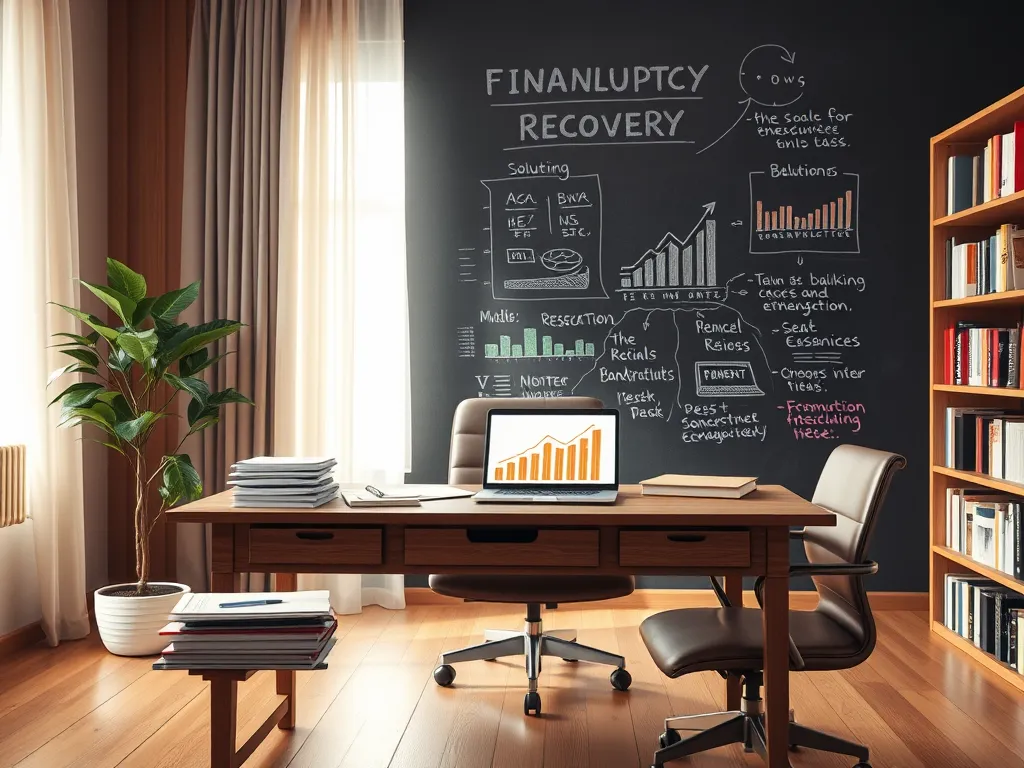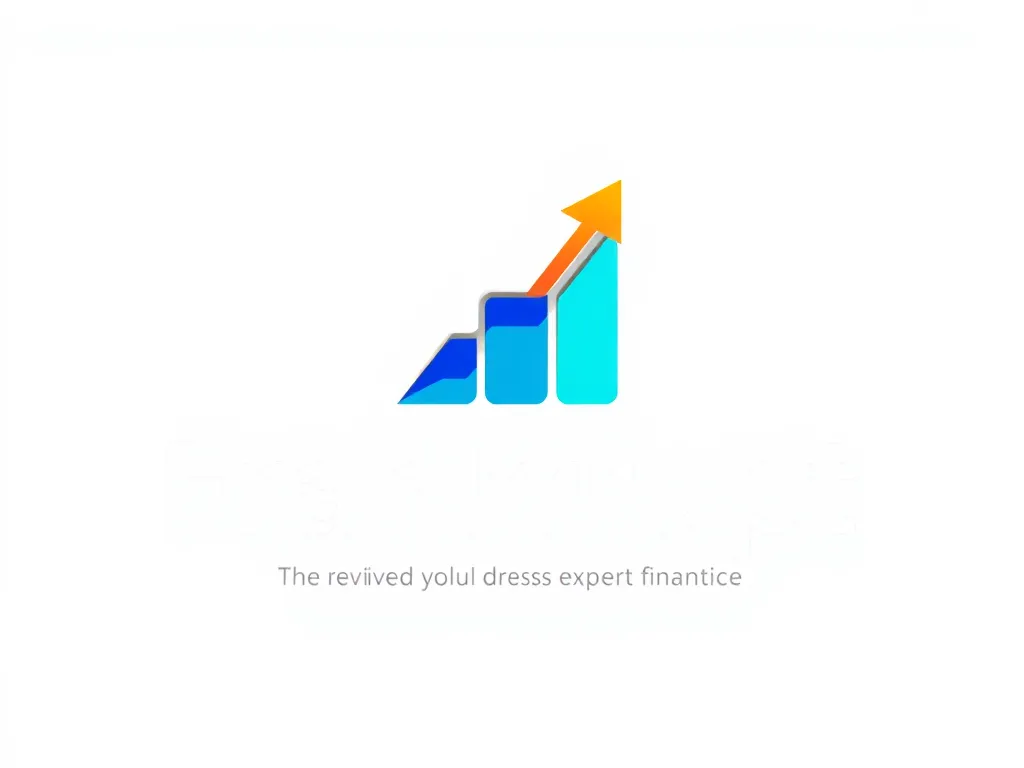Explore Effective Bankruptcy Solutions for Financial Recovery

Bankruptcy Solutions: Understanding Options and Processes
Bankruptcy Solutions serve as vital pathways for individuals and businesses grappling with insurmountable debts. They provide mechanisms to reorganize or undo financial obligations, ultimately aiming for a fresh start. Understanding these solutions is essential for individuals facing financial peril, as they navigate the difficult terrain of debt and insolvency. Through various types of bankruptcy, individuals can find a structured way to resolve their debts, regain their financial footing, and work towards rebuilding their credit.
The landscape of Bankruptcy Solutions is marked by several key options, each catering to different situations and needs. Whether it is the liquidating approach of Chapter 7, the reorganization plan under Chapter 13, or the corporate restructuring of Chapter 11, each type of bankruptcy solution offers distinct advantages and criteria for qualification. Individuals seeking debt relief should explore these various options carefully, evaluating which type aligns best with their financial situation and future goals.
In times of financial distress, exploring effective Bankruptcy Solutions can provide individuals with a fresh start and renewed stability.
For many, Bankruptcy Solutions represent not only a legal remedy but also an emotional lifeline. They afford distressed individuals and businesses the opportunity to alleviate overwhelming financial burdens and pave the way for economic recovery. Alternative solutions such as debt settlement or credit counseling may also fall under the broader umbrella of Bankruptcy Solutions, emphasizing the importance of financial education and proactive management in preventing future financial crises.
When considering Bankruptcy Solutions, it is crucial to understand the eligibility criteria and the bankruptcy process itself. The necessities of filing for bankruptcy, gathering critical documentation, and possibly engaging an attorney, can all influence the outcome of the process. Moreover, the long-term implications on credit and financial stability warrant careful thought before proceeding down the path of bankruptcy.
This article will delve into a detailed overview of Bankruptcy Solutions including their types, eligibility criteria, the bankruptcy process, potential consequences, and specific solutions tailored for businesses. Additionally, we will touch on consumer protection laws that navigate the bankruptcy landscape, providing valuable content for anyone contemplating this significant financial decision.
Types of Bankruptcy Solutions
Chapter 7 Bankruptcy: Involves a liquidation process where a debtor's non-exempt assets are sold to pay off creditors. Individuals typically qualify based on their income and must meet a means test, which decides if their income is low enough for this form of bankruptcy, ultimately allowing for a discharge of unsecured debts such as credit cards and medical bills after the liquidation.
Chapter 13 Bankruptcy: Focuses on creating a reorganization plan to pay back debts over a specific period, usually three to five years. Debtors keep their property and pay off their debts in installments based on their income level, allowing them to manage their financial responsibilities while still holding onto valuable assets, such as their homes.
Chapter 11 Bankruptcy: Predominantly for businesses, Chapter 11 involves a reorganization of a debtor's business affairs, debts, and assets. Corporations and partnerships can work out a plan to keep their businesses alive while paying creditors over time, which allows for the restructuring of debts, making it a suitable option for struggling businesses aiming for recovery.
Debt Settlement Solutions for individuals: This option involves negotiating with creditors to settle debts for less than owed. While it can provide significant relief for those unable to declare bankruptcy, it can lead to tax implications and potential negative impacts on credit scores, yet may serve as a viable alternative for those wanting to avoid formal bankruptcy.
Credit Counseling Services offer valuable guidance for individuals facing financial struggles. These non-profit organizations help debtors understand their options, create budgets, and tailor debt repayment strategies, proving beneficial in avoiding bankruptcy altogether or leading into a more informed decision about filing.
Eligibility Criteria for Bankruptcy Solutions
Income Requirements for Chapter 7: Individuals must pass the means test, which compares their income against median income levels for their state. If their income is below the median, they may qualify for Chapter 7. If not, they might have to explore Chapter 13 as an alternative.
Asset Limitations in bankruptcy filings: Different bankruptcy types have varying regulations on the assets that can be retained. For instance, exemptions allow debtors to keep certain properties or funds, while non-exempt assets may be sold to satisfy creditor claims, so it is important for individuals to be aware of these limitations.
Credit History considerations: A debtor's credit history plays a role in determining eligibility for certain forms of bankruptcy. If an individual's credit is already significantly damaged, it may not serve as a deterrent in pursuing bankruptcy, but credit history requirements can impact eligibility for various types further down the line.
Means Test for eligibility: This component assesses a debtor’s income and expenses to determine if they can repay their debts. It involves detailed documentation and is crucial for qualifying for Chapter 7, helping to prevent abuse of the bankruptcy system.
State-specific bankruptcy regulations: Laws vary by state, influencing the filing process, exemption amounts, and the overall application of bankruptcy. Individuals must be aware of their state's regulations to comply properly and maximize their options during the bankruptcy process.
Bankruptcy Process Overview
Filing for bankruptcy: Step-by-step guide: The process begins with either credit counseling, gathering financial documents, and completing the appropriate bankruptcy forms. From there, individuals file petitions with the bankruptcy court, notify creditors, and attend hearing sessions where debts and repayment plans are discussed.
Role of a Bankruptcy Attorney: While individuals can file for bankruptcy pro se, hiring a bankruptcy attorney can expedite the process and ensure the correct filing of necessary documents, increasing the likelihood of favorable outcomes and assisting in the navigation of complex bankruptcy law.
Important documents needed: Essential paperwork includes tax returns, bank statements, income statements, detailed lists of debts and assets, and information about ongoing legal or financial obligations. Compiling accurate documentation is critical to the bankruptcy process and affects overall success.
Timeline of bankruptcy proceedings: The timeline for bankruptcy can vary, commonly lasting from a few months to several years, depending on the type filed (Chapter 7 typically takes about 3-6 months, while Chapter 13 can last for up to five years). Understanding the timing is crucial for budgeting and future financial planning.
Post-bankruptcy steps to rebuild credit: After bankruptcy discharge, individuals can take proactive measures to rebuild their credit through secured credit cards, on-time payments for new debts, saving, and practicing budgeting to demonstrate reliability to future lenders.
Consequences of Bankruptcy Solutions
Impact on credit score and history: Filing for bankruptcy can lead to significant damage to credit scores, often dropping scores by 200 points or more. Bankruptcy will remain on the credit report for seven to ten years, influencing future borrowing opportunities and interest rates.
Long-term financial implications: Although bankruptcy can relieve immediate debt pressure, it may hinder access to credit in the future, impacting potential loans for homes, cars, and even employment opportunities for certain positions due to background checks related to financial history.
Emotional and psychological effects: The process can take an emotional toll, leading to feelings of shame, loss of control, and stress. Engaging with support systems such as friends, family, or professional counseling can assist individuals in coping with these challenges.
Effects on future borrowing: Many lenders view bankruptcy as a negative mark. Individuals may face higher interest rates or stricter borrowing requirements, complicating access to new credit; prudent financial behavior and time are essential to rebuild trust with potential lenders over time.
Alternatives to consider before bankruptcy: Individuals should also explore debt negotiation, credit counseling, or loan restructuring before choosing bankruptcy, as these alternatives can provide relief without the long-term repercussions associated with bankruptcy.
Bankruptcy Solutions for Businesses
Business Liquidation options: For businesses unable to sustain operations, Chapter 7 bankruptcy may entail liquidation. Assets are sold to pay off creditors, allowing business owners to discharge remaining debts and step away from untenable situations.
Restructuring debts under Chapter 11: Companies can benefit from Chapter 11 by reorganizing their debts rather than liquidating. This process permits continued operations while negotiating with creditors to develop a feasible repayment plan, ultimately preserving the viability of the business.
Role of creditors in business bankruptcy: Creditors play a significant role in the business bankruptcy process, as they can file claims and participate in determining repayment plans. Engaging with creditors amicably can potentially lead to more favorable outcomes for businesses.
Bankruptcy fraud considerations: Businesses must avoid misconceptions and ensure that all financial disclosures and activities are conducted transparently. Bankruptcy fraud carries severe penalties and can further complicate financial recovery efforts.
Industry-specific bankruptcy strategies: Different industries may have tailored approaches to handling bankruptcy, obtaining favorable outcomes through targeted strategies based on the specific market dynamics at play, allowing businesses within those sectors to navigate challenges effectively.
Consumer Protection and Bankruptcy Law
Federal vs. state bankruptcy laws: While bankruptcy is governed primarily by federal law, states may establish additional regulations, including exemption amounts and specific state processes for filing. Understanding the interplay between state and federal laws is crucial for individuals.
Rights of consumers during bankruptcy: Consumers are entitled to certain rights during bankruptcy, including protection from creditor harassment, the right to discharge eligible debts, and the chance to negotiate repayment plans, which ensures fair treatment throughout the process.
Bankruptcy exemptions and protections: Individuals may be entitled to exemptions that allow them to retain certain assets, such as home equity, retirement accounts, and necessary household goods, providing crucial protections for debtors during bankruptcy proceedings.
Role of Consumer Financial Protection Bureau (CFPB): The CFPB plays a vital part in overseeing bankruptcy practices and protecting consumer rights, providing educational resources to assist individuals in making informed choices about their financial futures during uncertainty.
Recent changes in bankruptcy legislation: Ongoing legislative changes at both the federal and state levels may alter bankruptcy laws, affecting the process, eligibility, and consumers' rights, making it essential for individuals and businesses to stay informed and adapt accordingly.
